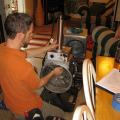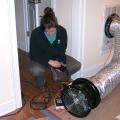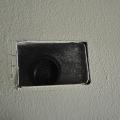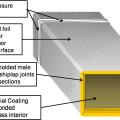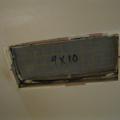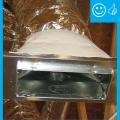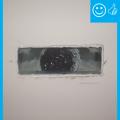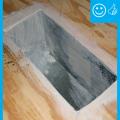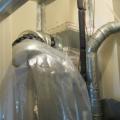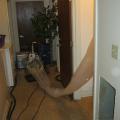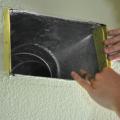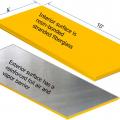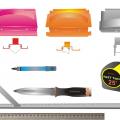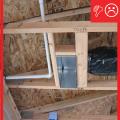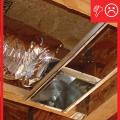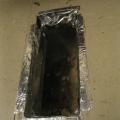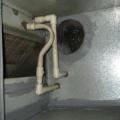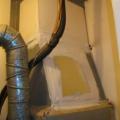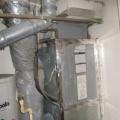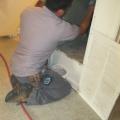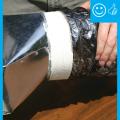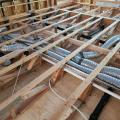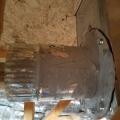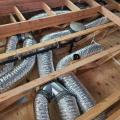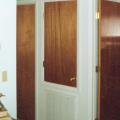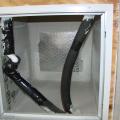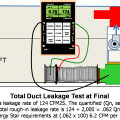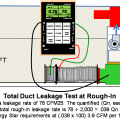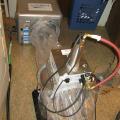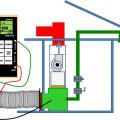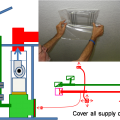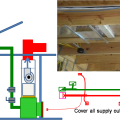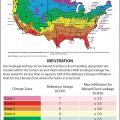Showing results 1 - 50 of 76
A technician assembles the spray sealant injection system to seal HVAC ducts from the inside
Air seal duct boot to ceiling by installing fiberglass mesh tape and mastic over seam
Connect the plastic application tunnel from the injection equipment to the supply plenum.
Cut fiber board with a red V-groove tool and a gray shiplap tool to create mitered corners and a shiplapped edge for duct sections
Duct boot is air sealed to ceiling by covering the seam with fiberglass mesh tape and mastic
Duct boots sealed to floor, wall, or ceiling using caulk, foam, mastic tape, or mastic paste
Fiberglass mesh tape is installed around a duct boot in preparation for air sealing with mastic
Hand tools for cutting fiber board sheets include a knife, straight edge, and color-coded edge-cutting tools
Rater-measured duct leakage to outdoors ≤ 4 CFM25 per 100 sq. ft. of conditioned floor area
Right: A well-constructed air handler closet
Right: Air seal all seams in the return air plenum before installing a new air handler
Right: Refrigerant piping is sealed where it exits the return plenum
Right: The bottom of the air handler cabinet is well sealed to the return platform
Right: The plenum liner is well sealed to the filter-backed grille
Right: Use mastic to air seal the return air plenum and to seal around refrigerant lines coming from the slab in the floor of the return
Seal seams in fiber board ducts with out-clinching staples, UL-181A-approved tape, and mastic
The duct sealing spray injection system application tunnel inflates as the injection system operates
The duct sealing spray injection system includes a blower/heater (background) and the sealant injection unit (foreground)
This typical dropped ceiling hallway chase shows a complicated air sealing scheme where chase ceiling drywall meets sidewall top plates
To prepare for a total duct test at final, cover all of the supply outlets and return inlets
To prepare for a total duct test at rough-in, cover all of the supply outlets and return inlets
